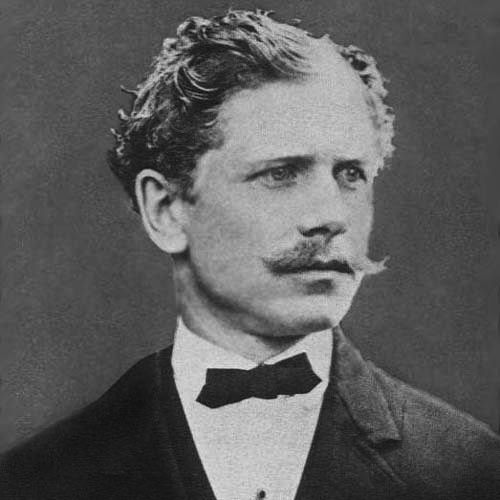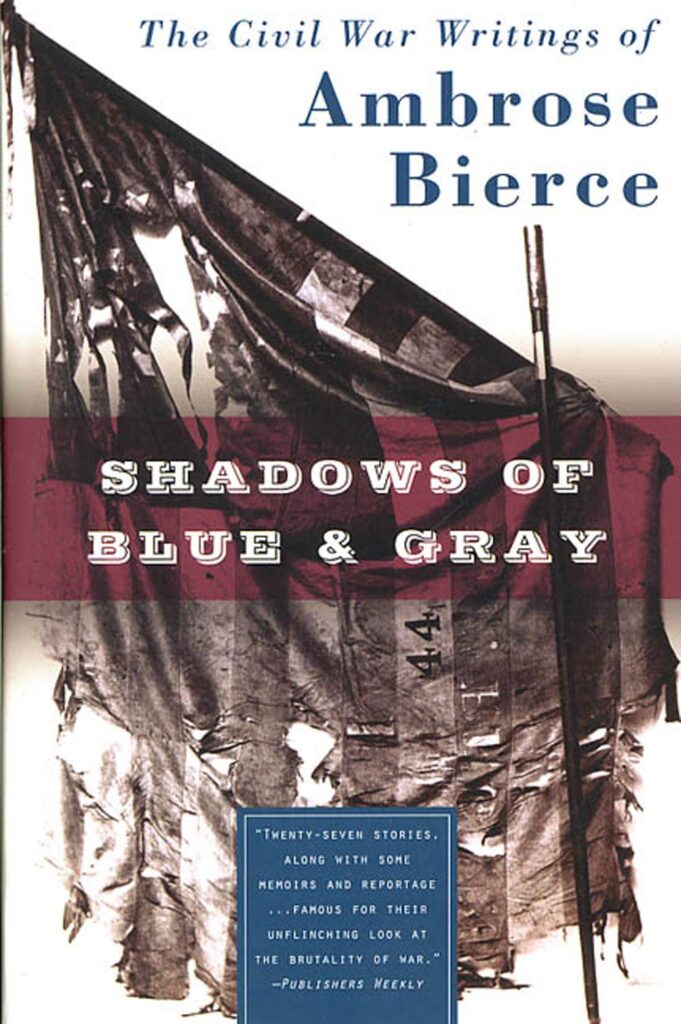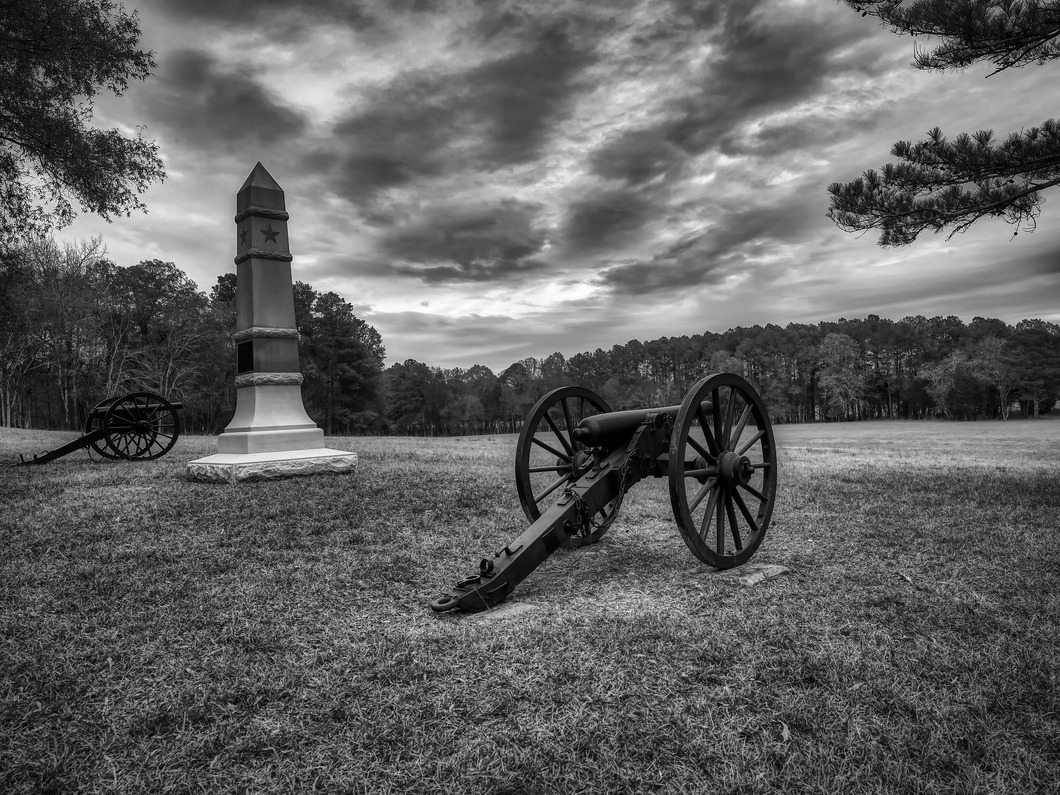Most people have encountered Ambrose Bierce’s spooky Civil War-set “The Occurrence at Owl Creek Bridge,” likely as part of a short story reading assignment in either high school or college. I certainly read it more than once as an English major, and it is a story that I do enjoy.
It wasn’t until after I graduated that I started reading more of Bierce’s work beyond “Occurrence” and his deliciously snarky Devil’s Dictionary. Bierce ended up writing a lot of fiction about the Civil War (and a fair amount of nonfiction), which makes sense given he’s the only 19th century American writer of note to have served in combat during the war.
Bierce is typecast as a cynical misanthrope, a reputation he gleefully cultivated during his career as a writer, but the teenaged Ambrose Bierce who initially enlisted in the 9th Indiana Infantry was actually quite the idealist. Years of vicious combat, which included service in major battles like Shiloh and Chickamauga and a serious gunshot wound to the head that left him plagued with headaches and dizziness for the rest of his life, helped harden Bierce’s worldview.
That’s true of scores of Civil War veterans who survived the war, but most of them were not as capable of recording their experiences as Bierce was. In his later years, Bierce matter-of-factly acknowledged, “When I ask myself what has become of Ambrose Bierce the youth, who fought at Chickamauga, I am bound to answer that he is dead.”
Bierce’s writing about the Civil War is–fittingly–raw, vivid, and disturbing. He’s a fantastic war writer who deserves to be remembered for more than just the one story that everyone reads. His Civil War short story that has stayed with me long after first reading it is the eerie “Chickamauga.”
Go ahead and read it at the link above before we dig in. It’s pretty short, and I don’t want to spoil it for you as we break down exactly why it is so effective.

What makes “Chickamauga” so unique as a short story about war is Bierce’s decision to have the POV character be a small child who is just a bystander. Occasionally, Bierce pulls out of that perspective to give more context, but for the most part, our eyes on the battlefield are a six-year-old boy who doesn’t understand what he is seeing.
He’s been playing war in the woods by himself, oblivious to the battle that will unfold around him, and when we first see the soldiers, we see them through the eyes of this same naïve child, who initially mistakes them for bears. They’re crawling, and it’s easy to assume they’re moving into position for an attack. Bierce sprinkles in hints that something is amiss–“They used their hands only, dragging their legs. They used their knees only, their arms hanging idle at their sides. They strove to rise to their feet, but fell prone in the attempt. They did nothing naturally, and nothing alike, save only to advance foot by foot in the same direction.” But it isn’t until one of the disfigured soldiers looks at the little boy that we realize these men are badly wounded and falling back.
We share our child protagonist’s shock and dismay when he sees a man missing part of his face, but Bierce still maintains the child’s perspective of not fully comprehending what he is seeing. It would be easy to want to give this child more awareness and an adult understanding of what he is seeing to drive home the horrors of war, but Bierce resists that, and the story is all the more haunting and affecting for it.
They remind him of circus clowns and games of playing horse, and his oblivious merriment in the midst of their suffering is almost cruel. But he really doesn’t know better, and that’s exactly what sells the horror of this moment, far more so than if he had fully understood what was unfolding in front of him. He remains unaffected until he arrives home and realizes that his home and his mother are casualties of the battle as well. Even then, it is unclear how much he truly comprehends, and Bierce finally pulls fully out of the child’s POV to inform us that he’s nonverbal and deaf, which also helps explain why he was so unaware of the battle that raged in his presence.
As I’ve noted before, I always tell writers to embrace the limits of their narrative structure rather than fighting against it.
It is often tempting with child narrators and/or protagonists to make them more aware and precocious, so that they understand everything. Bierce could have easily fallen into that with this story and had an incredibly perceptive child see these mortally wounded men and feel profound pity for them, but instead, he embraces the limits of this character’s understanding, and the story is all the better for it. If Bierce had fought against the limits of the structure he selected–if the little boy had truly understood what he was seeing–that might have been an okay story about the horrors of war, but the fact that Bierce instead embraces the limits of a child protagonist and lets us fill in the horror that the little boy cannot understand is far more powerful.
Ultimately, rather than telling us that Chickamauga was a horrible slaughter, he shows us that same fact very effectively via a character that doesn’t quite understand that is in fact what is happening, and he uses an unusual choice in POV to do so.


Next time we’re going to look at what to do and what not to do when juggling multiple POVs.
What’s Your Story series:





